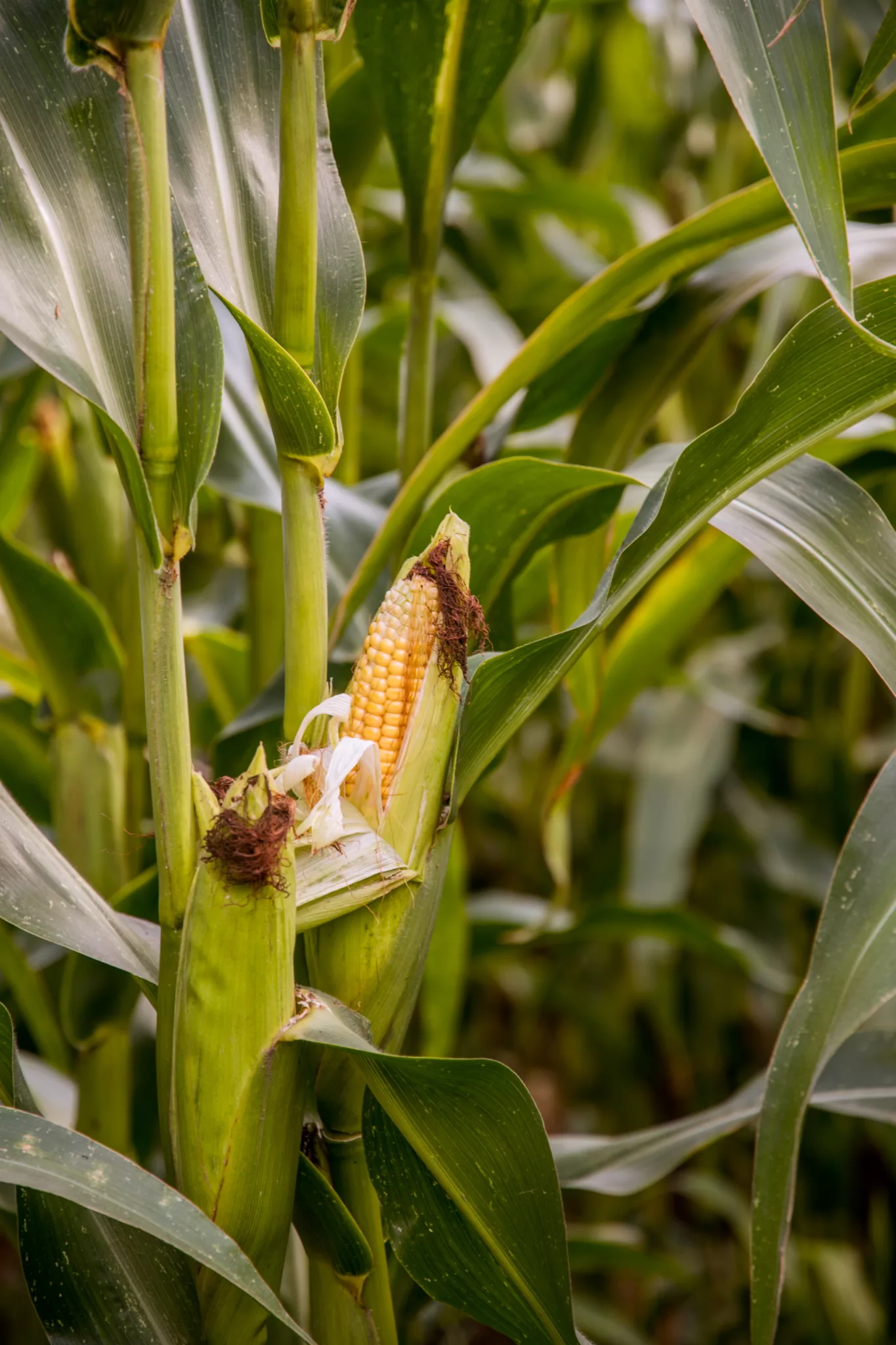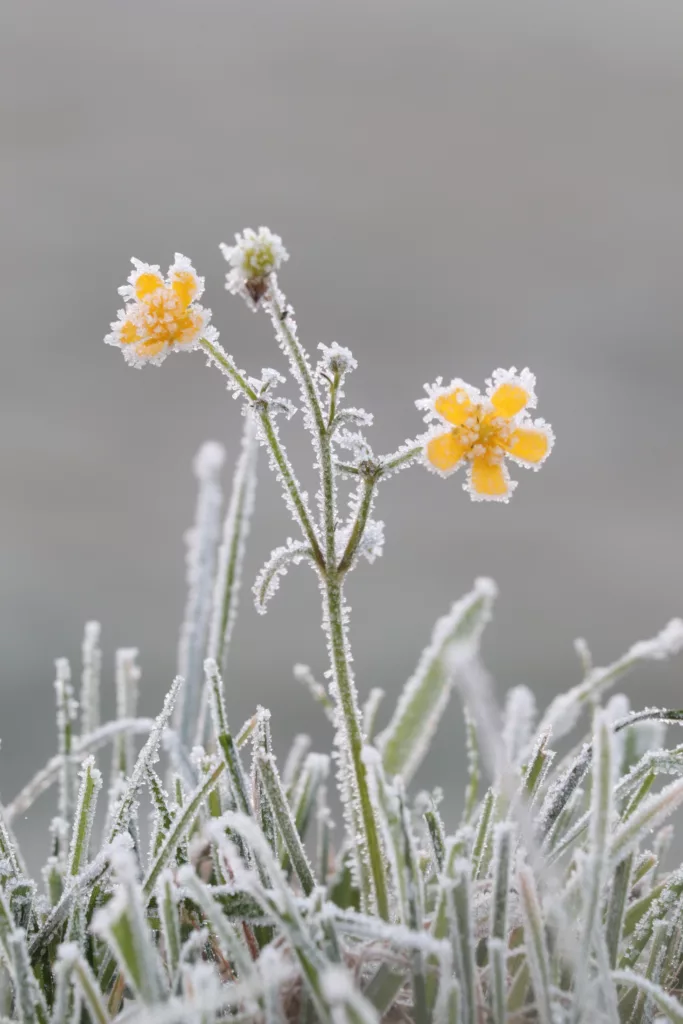Zea mays
History:
Corn sits atop, or at least very close to the top, of the world’s most important crops. It’s origins are in the Americas and has been growing there for millenia. There are newer hybrid varieties that are known for their sweetness and corn varieties that “pop” when heated. Today, corn is grown as a staple food crop all around the world.
Seeding:
Corn needs a warmer soil to germinate so wait until mid spring to plant. Once the threat of frost has passed, it should be safe. Seed 1”-2” deep and look for germination in 4-10 days. Due to its height, seed corn on the northern side of the garden to avoid shading out other crops.
For a continuous supply of sweet corn throughout the summer, make 2-3 successive plantings a couple weeks apart each.
Spacing:
8”-12” apart in rows 30” apart.
Cultivation:
Corn is a vigorous grower and noticeably thrives fertile soil. It will appreciate any additional compost you give it. Corn will also respond well to irrigation during dry spells. Mulch helps retain and regulate moisture.
Pests:
The corn earworm is a nuisance but can simply be removed upon shucking. Racoons love a stand of raw corn.. Electric netting works well to keep out racoons. There are various other pests, but overall, infestations are rare and are indicative of poor soil and weak crops. Rotation and fertile soil will help eliminate majority of problems.
Harvest:
An ear of corn is ready for harvest when its juices are milky. Puncture a kernel with your fingernail. If the juice that comes out is watery, its too early. If it’s a doughy consistency, its past due. Harvest when Husks are dark green, stalks are brown, and the ears are full. Eat raw in the garden or fresh from the kitchen. Sweet corn loses flavor after a few days so don’t wait long to enjoy.


